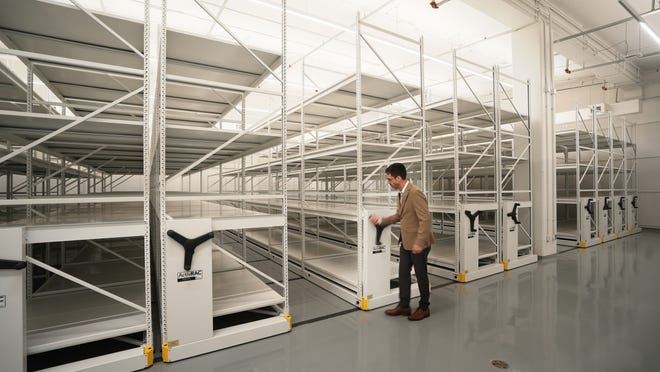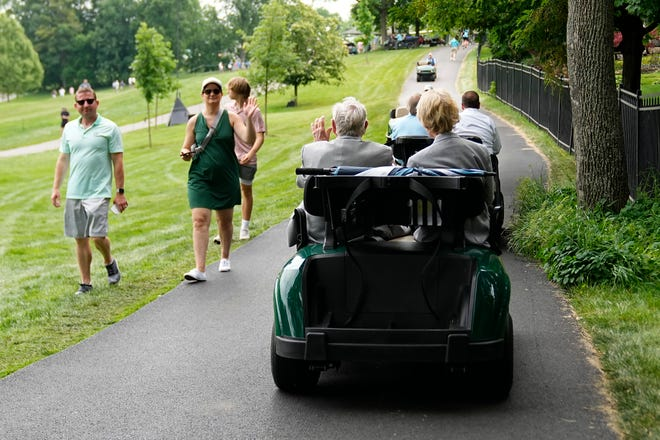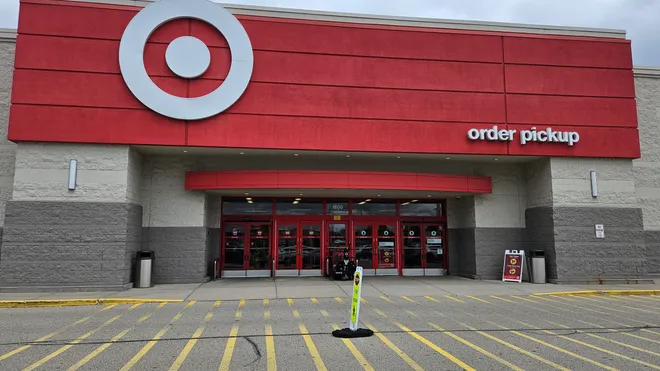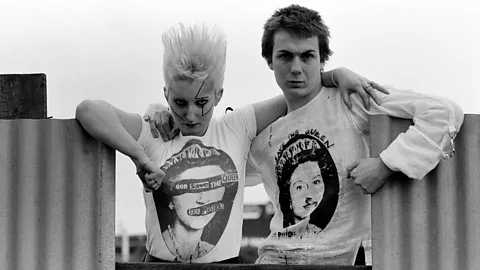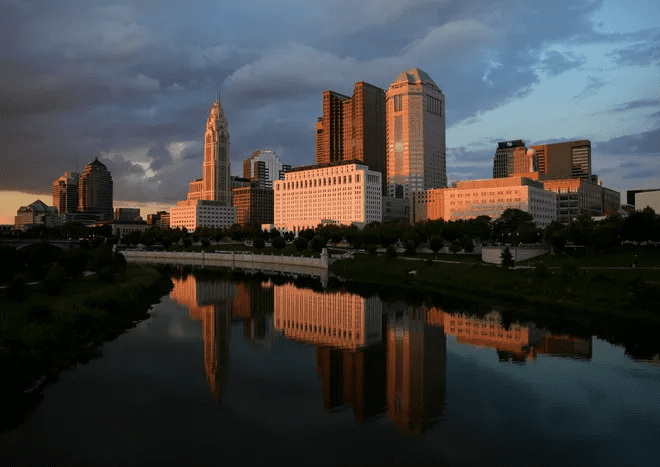
The new strategic plan for downtown Columbus aims for 40,000 residents and 120,000 workers by 2040, more protected bike lanes, dedicated bus lanes, more affordable housing and fewer surface parking lots.
Now, it’s about how to get there.
Former Mayor Michael B. Coleman will present the plan’s concepts to the city’s Downtown Commission on Tuesday. The Columbus City Council is scheduled to take the plan up on Monday. By the end of the year, the City Council will consider a final plan.
“What I’m seeing from this is the general theme is that more is better: more residents, more affordable housing, more activities Downtown, 40,000 residents by 2040,” said Coleman, who now chairs the board of the Columbus Downtown Development Corporation.
Also envisioned are more two-way streets, activities drawing more people to the Scioto riverfront, including food trucks and festivals, more public art, and more connectivity between public transit and pedestrians, he said.
Plan aims to make Columbus a more walkable, pedestrian-friendly city
The concepts in the plan include many that have been discussed during public workshops this year.
They include taking steps to create a “15-minute Downtown,” where people won’t need a car to go grocery shopping or to the pharmacy, or for daycare and other services. “So it’s going to be a very pedestrian-oriented and transit-oriented endeavor,” Coleman said.
Concepts this year have shown plans for protected bicycle lanes on 4th Street and Broad Street, and two-way bus lanes on 3rd Street and Broad Street.
The Central Ohio Transit Authority is continuing to plan for a bus rapid transit network in Franklin County with Downtown as a hub, even though officials halted plans for a sales tax proposal on the November ballot to help fund it.
“Downtown has been since the ’50s designed with the car in mind,” Mayor Andrew J. Ginther said.
Affordable housing also a focus of downtown Columbus strategic plan
In addition to mobility, the new plan also is about continuing to build more housing Downtown, especially affordable housing, which ultimately gets to what the definition of affordable is.
Ginther said that includes housing for people making $30,000 to $50,000 per year.
Columbus City Council President Shannon Hardin said building more housing Downtown would add supply to the market, which could help bring down the costs.
“That also means that we will have to work and incentivize different kinds of affordability in the neighborhood. Bring deeper affordability than what we’ve seen Downtown,” Hardin said.
“What we have to do is not take our foot off the pedal when it comes to residential housing Downtown,” Hardin said. “We’ve got to remember we’re severely underhoused in the urban core.”
The Columbus Downtown Development Corporation is working to acquire the Downtown YMCA building for affordable housing of some sort, Coleman said. The Y is moving its remaining 122 residents by the end of this month to other locations.
Three years ago, YMCA officials said they planned to vacate the seven-story, 403-unit building at 40 W. Long St. after studies showed converting the old residential rooms into efficiency apartments would cost an estimated $50 million.
Plan’s concepts include safety plans, support for Downtown Columbus businesses
The strategic plan’s concepts also include helping building owners with improvements to create “healthy and inviting office and work environments in a post-COVID Downtown,” while creating an environment to attract more workers Downtown. That means more so-called “third places” like cafes, bookstores, other places where people hang out, as well as more Downtown events, recreation leagues and social activities.
The concepts include creating a safety plan for Downtown. Development officials have said they know the perception of crime Downtown has been a concern and that there needs to be more security, whether through private security or an enhanced Columbus police presence.
“I think we’ll continue to see more people come back to the office in the next 12 to 15 months,” Ginther said.
The Downtown plan’s concepts also includes developing programs and incentives to boost minority- and women-owned retailers and other businesses Downtown. This includes a new vacant storefront registration policy for commercial buildings to make sure they are properly maintained while awaiting new tenants.
Surface parking lots in downtown Columbus will continue to be eliminated
One big push will be continuing to eliminate surface parking lots with new development, including more parking decks.
Today there are 214 acres of surface parking Downtown, occupying about 14% of approximately 1,500 acres identified as part of Downtown.
“It’s big a number. It’s way too much,” Coleman said.
Coleman said there needs to be incentives to turn surface parking lots into useful commercial or residential sites and disincentives for not doing so. Hardin said those disincentives could be different tax structures for surface parking lots.
Downtown Columbus residents support strategic plan
Matt McPeck, a Downtown resident and board member of the Downtown Residents Association of Columbus, said the ideas are forward-thinking, especially when it comes to bike lanes and bus rapid transit lanes.
He said he thinks that residents’ wishes made their way into the strategic plan’s concepts.
“I like the direction that they are going,” he said.



